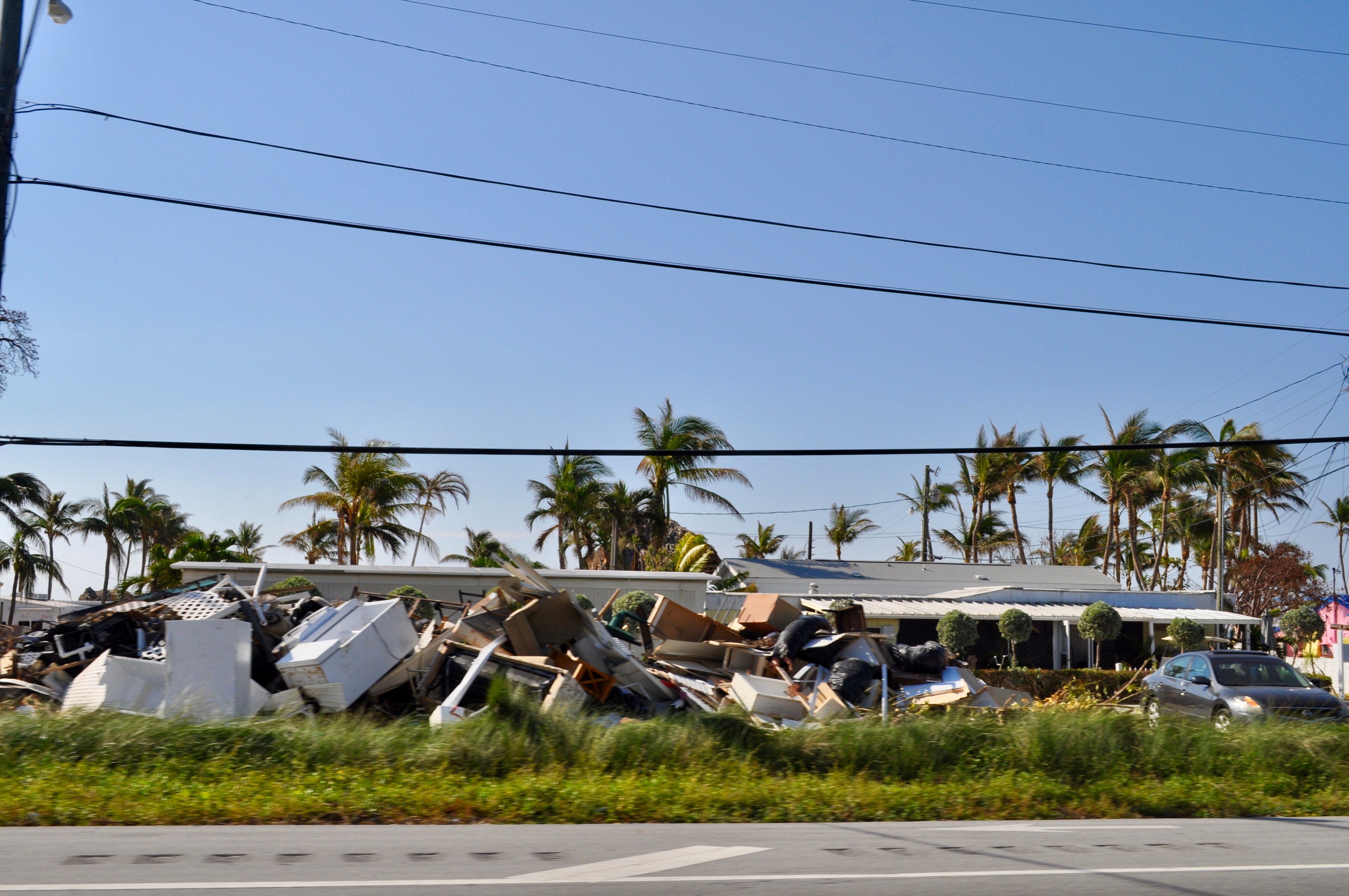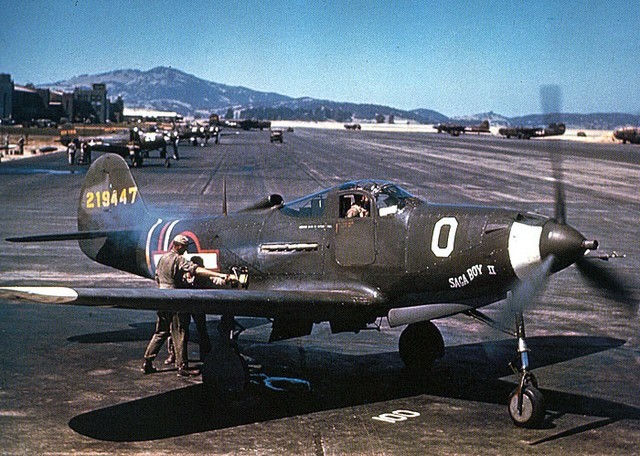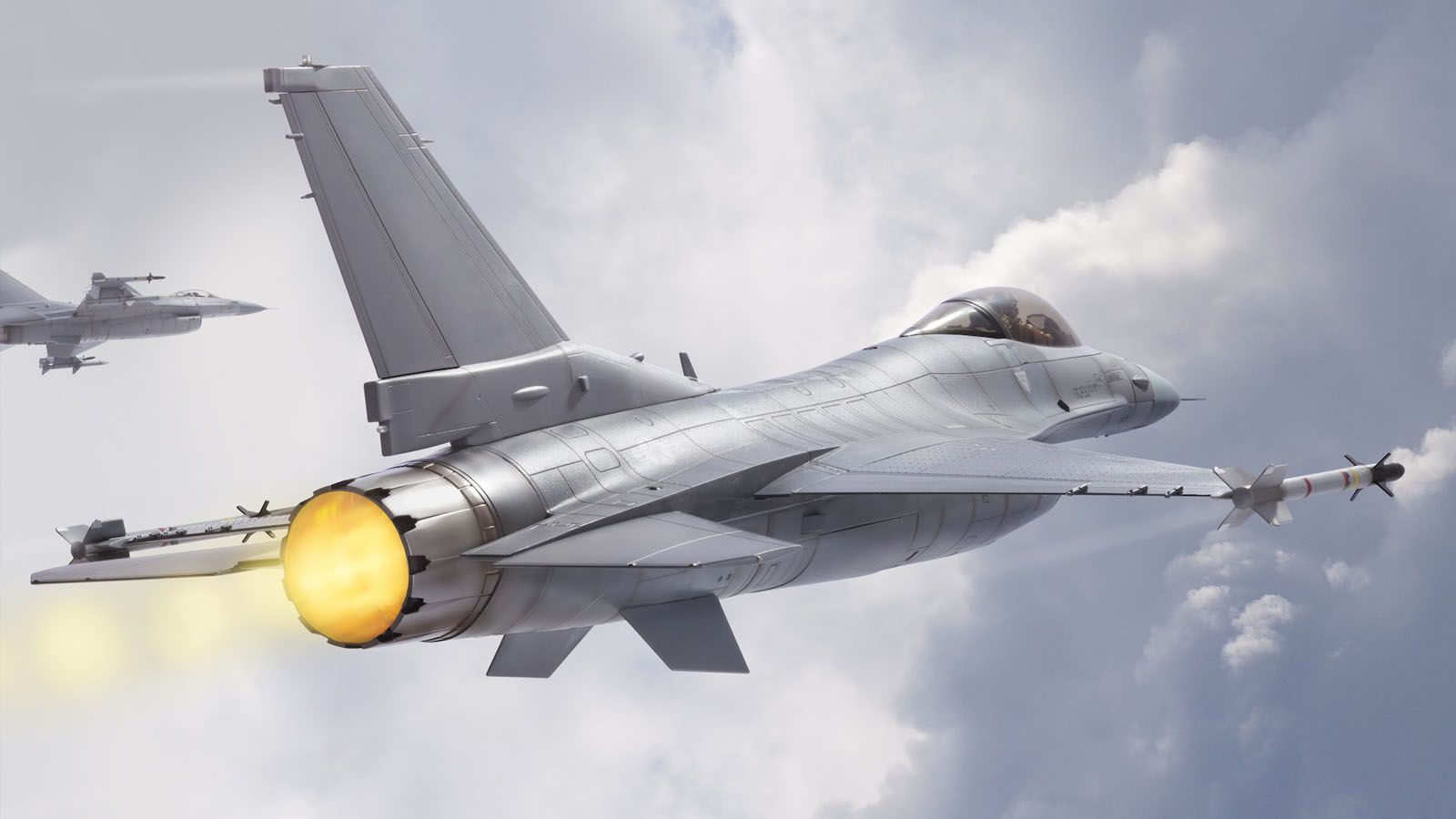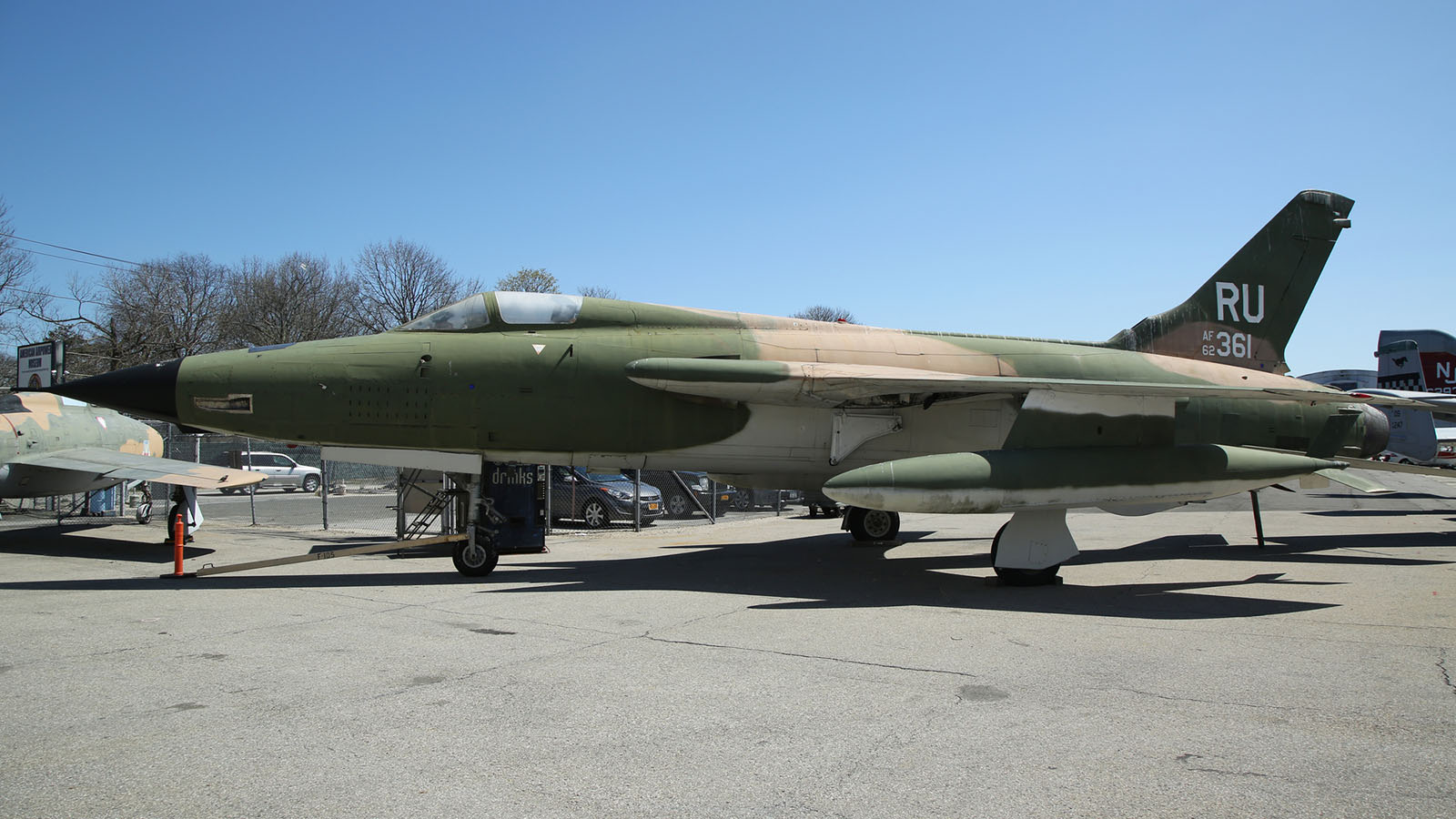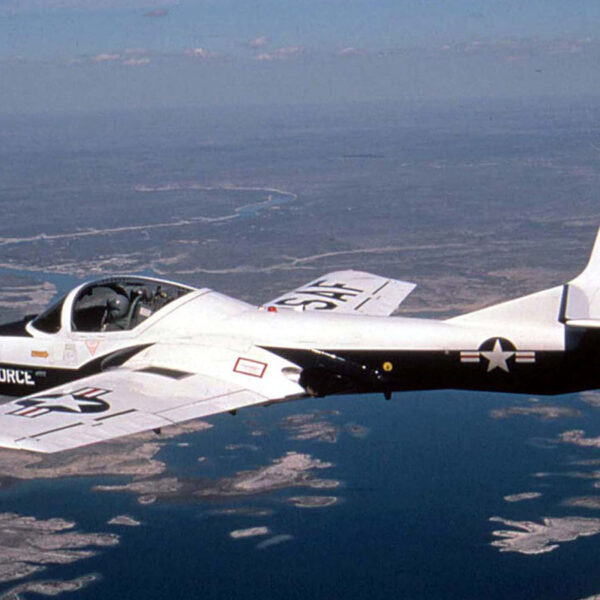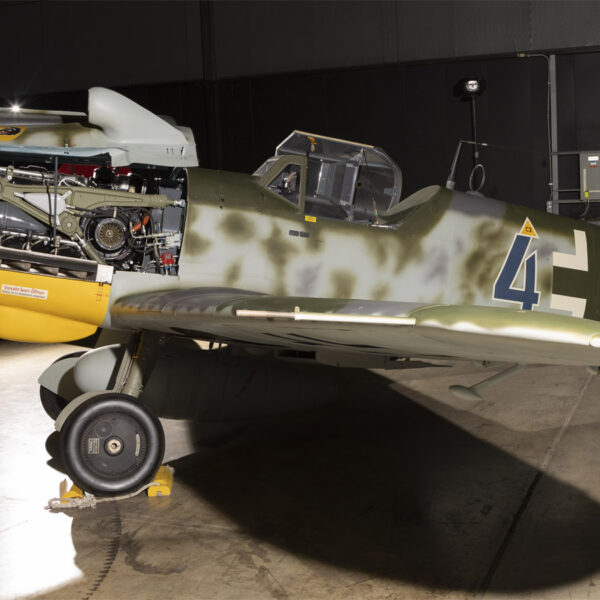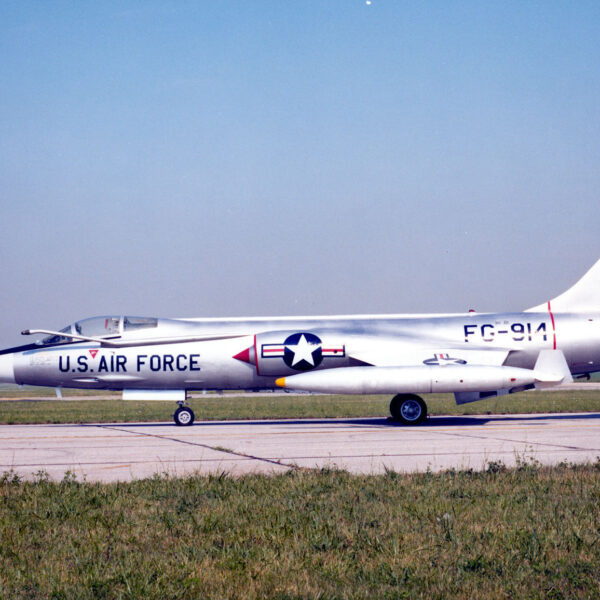Introduction
The C-7A Caribou was a military transport aircraft developed and used by the United States Air Force in the 1960s. During the Vietnam War, it was used mainly for airlifting troops, cargo, and medical evacuation missions. The C-7A was a modified version of the commercial aircraft, the Convair CV-2 Caribou. It was known for its short takeoff and landing capabilities, making it ideal for operations in remote and rugged areas. It played a crucial role in the Vietnam War and continued to serve in various military operations until its retirement in the 1980s.
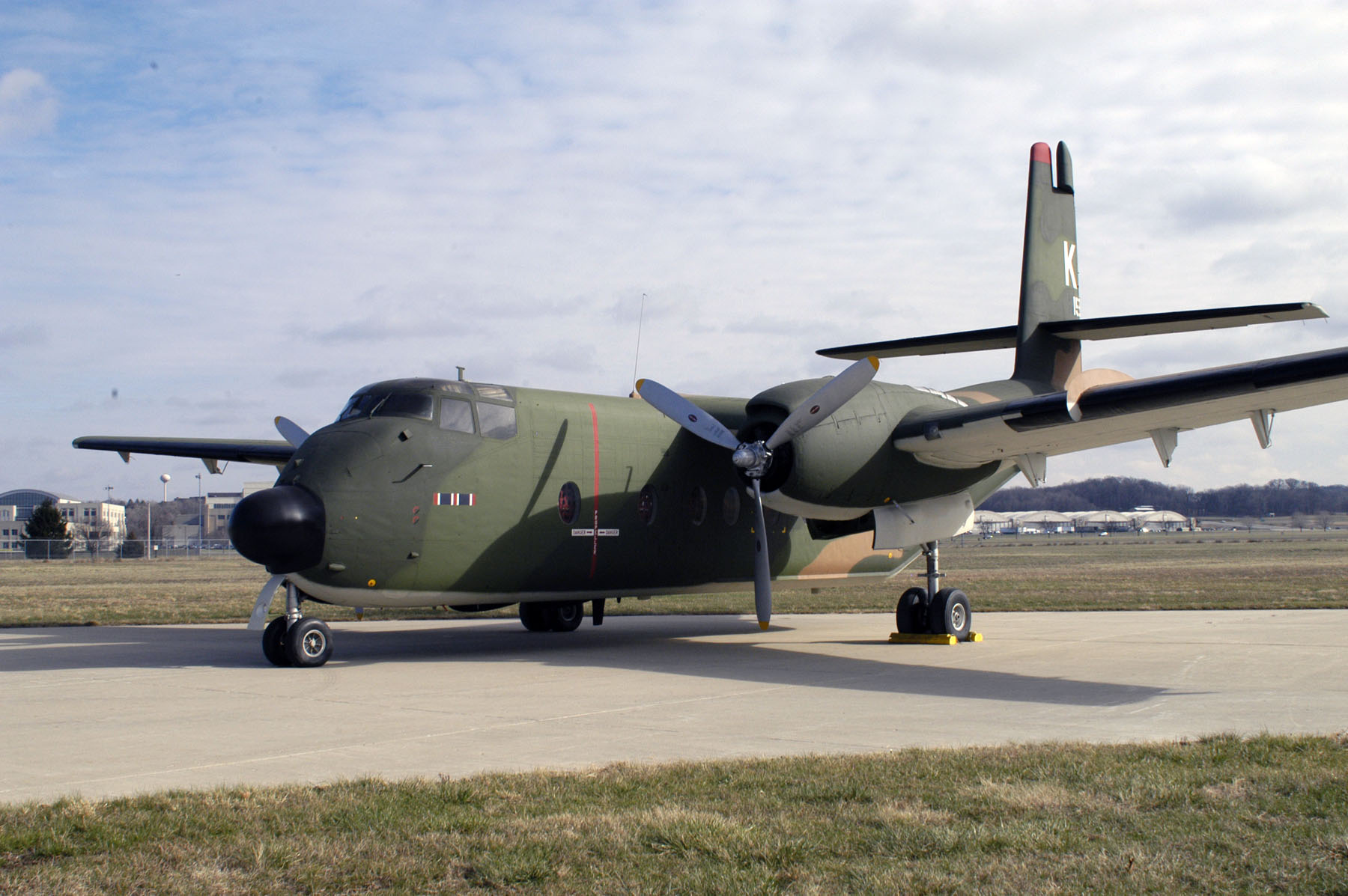
Capabilities C-7A Caribou
One of the main capabilities of the C-7A Caribou is its ability to operate in rugged and remote environments. This makes it a valuable asset for military operations, particularly in areas with limited infrastructure. The C-7A’s short takeoff and landing (STOL) capabilities allow it to operate from small and unimproved airstrips, making it an ideal choice for transporting troops, supplies, and equipment to remote locations.
In addition to its military uses, the C-7A has also been utilized in humanitarian and disaster relief efforts. Its ability to access remote areas and carry large payloads makes it a valuable asset in delivering aid and supplies to areas affected by natural disasters or conflicts.
Another important capability of the theC-7A Caribou is its versatility in cargo transportation. The aircraft has a large cargo hold that can accommodate a variety of cargo, including vehicles, equipment, and supplies. This makes it a popular choice for commercial cargo operations, particularly in remote areas where other aircraft may be unable to operate. The C-7A’s cargo capabilities have also been utilized in scientific research missions, such as transporting equipment and supplies to remote research stations in Antarctica.
The C-7A’s versatility extends beyond cargo transportation. It has also been used for aerial firefighting, with the ability to drop water or fire retardant on wildfires. This capability has been handy in areas where traditional firefighting methods may not be feasible. The C-7A’s STOL capabilities also allow it to operate from smaller airfields closer to the fire, reducing response time and increasing efficiency.
In conclusion, the C-7A is a versatile aircraft that has proven its capabilities in various applications. From military operations to humanitarian aid commercial cargo transportation to scientific research, the C-7A has played a crucial role in modern technology. With its ability to operate in rugged and remote environments, the C-7A remains a valuable asset in various industries and will likely remain so for years.
Evolution of C-7A Caribou
The C-7A Caribou, also known as the Caribou, is a versatile and reliable aircraft that has played a crucial role in military operations for over five decades. Its journey from concept to reality is a testament to the ingenuity and determination of the engineers and designers who brought it to life.
The idea for the C-7A was born in the late 1950s, during the height of the Cold War. The United States Air Force recognized the need for a new tactical transport aircraft that could operate in rugged and remote areas and short and unprepared runways. This would allow for the swift deployment of troops and supplies to any location, even in the most challenging environments.
In 1959, the Air Force requested proposals for a new tactical transport aircraft. Several companies submitted their designs, but the recommendation from Chase Aircraft caught the Air Force’s attention. The Model 329 design was a twin-engine, high-wing aircraft with a unique feature – a rear loading ramp that could accommodate large and bulky cargo.
The Air Force was impressed with the C-7A Caribou and awarded Fairchild Aircraft a contract to build 159 aircraft. The first C-7A Caribou took its maiden flight in 1961, and by 1965, it was officially accepted into service. The Caribou was a game-changer for the Air Force, as it could operate in rough terrain and short runways, making it an invaluable asset in Vietnam.
During the Vietnam War, the Caribou were crucial in transporting troops and supplies to remote and inaccessible areas. Its ability to operate in challenging conditions and its short takeoff and landing capabilities made it a favorite among pilots. The Caribou also proved to be a lifesaver for many soldiers, as it could quickly evacuate wounded personnel from the battlefield.
After the Vietnam War, the Caribou continued to serve in various military operations, including the Gulf War and the invasion of Grenada. However, as newer and more advanced aircraft were introduced, the Caribou’s role in the military began to diminish. In 1988, the Air Force retired the last of its C-7As, marking the end of an era.
Today, the C-7A Caribou may no longer be in active service, but its legacy lives on. Its unique design and capabilities have inspired the development of other tactical transport aircraft, such as the C-130 Hercules.
